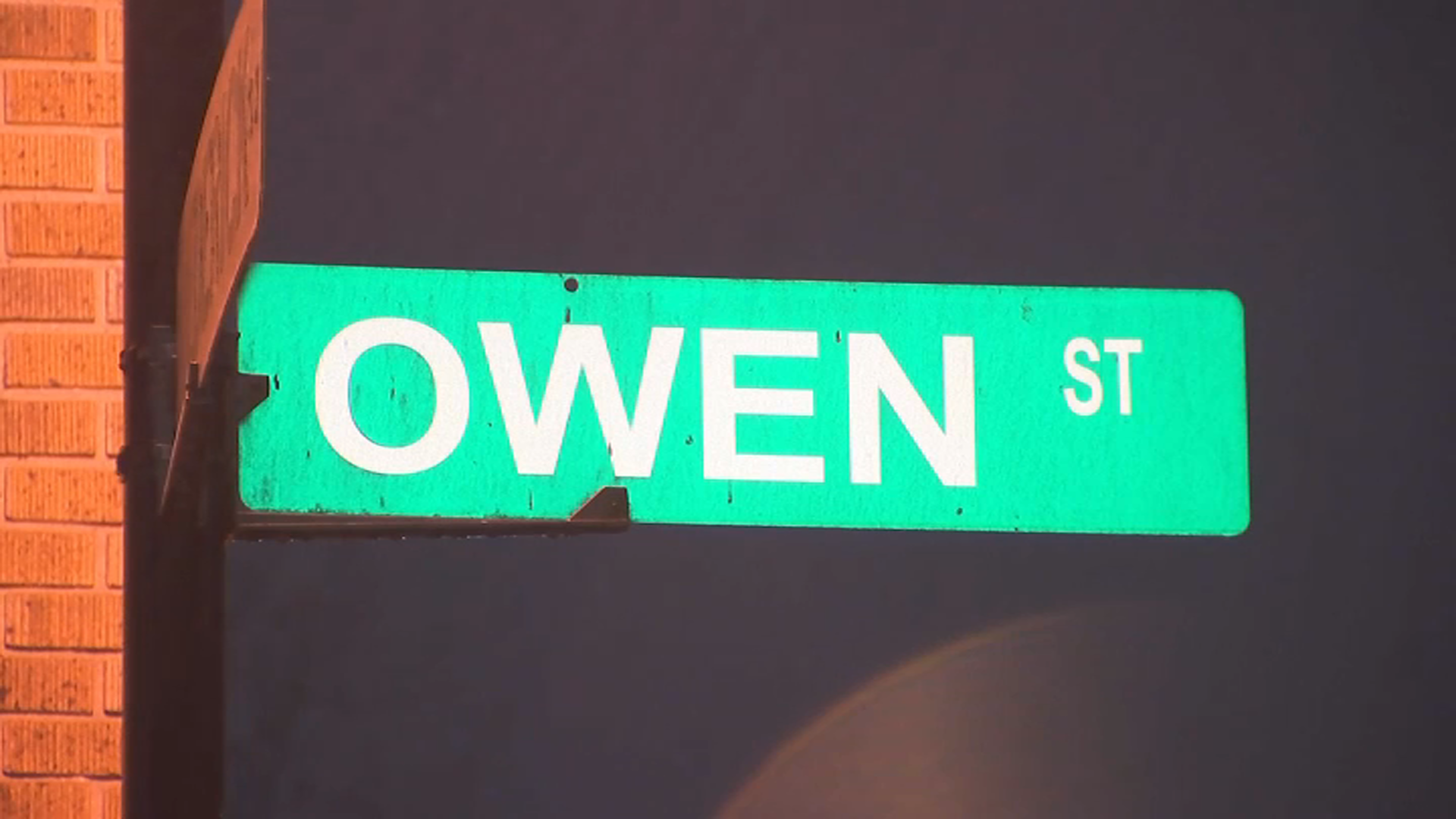There are some concerning statistics regarding the physical fitness of Connecticut’s public school students.
According to recent data, only 45% of students were able to pass the state's fitness evaluation. Experts say there are a number of issues at play including lengthy inactivity for a prolonged period of time during the pandemic.
Now, the challenge is how to reverse it.
Evaluating the overall physical fitness of each district’s student body, the state’s public schools use a series of tests.
Get top local stories in Connecticut delivered to you every morning. Sign up for NBC Connecticut's News Headlines newsletter.
“It’s a snapshot of certain elements of physiological fitness,” Joe Velardi, the state’s health and physical education coordinator, said.
Velardi helps oversee the four-part evaluation. It measures students' running endurance (mile run), physical strength (curl ups and pushups) and flexibility (sit and reach) - all areas where experts say they’ve seen a decline since the pandemic.
Velardi said some of the decline can be attributed to limited physical education programs, some which have been reduced in various school budgets.
Local
“[PE class] is where kids get their activity,” Velardi said. “For many kids, in particular in our cities, physical education is their only opportunity to learn about activity and how to be active.”
The pandemic’s inactivity has seemingly had an impact. 52.9% of state students passed the test in the 2018-19 year. That number though dropped to 45.8% in 2021-22. It’s been difficult to rebound from that.
“Kids are more sedentary,” Hartford Public School Director of Arts and Wellness Tracy Avicolli said. “It’s harder to get our students to be engaged and motivated.”
Although Hartford Public Schools' passing rate is still lower than pre-pandemic, the district did see a 7% improvement from last year. Avicolli said they’ve worked to create motivation.
“We have included community partners like the Yard Goats and the Hartford Athletic to incentivize our students to really do the best they absolutely can,” she said.
Among the schools achieving above the state average is Cheshire with a 58% passing rate. Still, it has also seen a slight decline since the pandemic.
To reverse the trend, they have added extracurricular activities and formed partnerships.
“The YMCA has a Y cup and a Y cup challenge where the elementary schools compete against each other,” Cheshire High School Athletic Director John Perosino said.
Another way to reverse the trend, experts say, is parents can create a culture of movement for their children.
“Going out for walks together after dinner and spending quality time getting kids outside and playing with them,” are ways to get kids active, Perosino said.
“Even if you were at the mall, let’s see how many times we can walk around it,” Avicolli said.
Still, there are obstacles. Among the biggest problems - cell phones.
“It’s killing kids motivation to want to go outside and play,” Perosino said.
But if you can beat ‘em, join ‘em. Perosino recommends parents can find and use fitness apps that motivate kids to be active.



